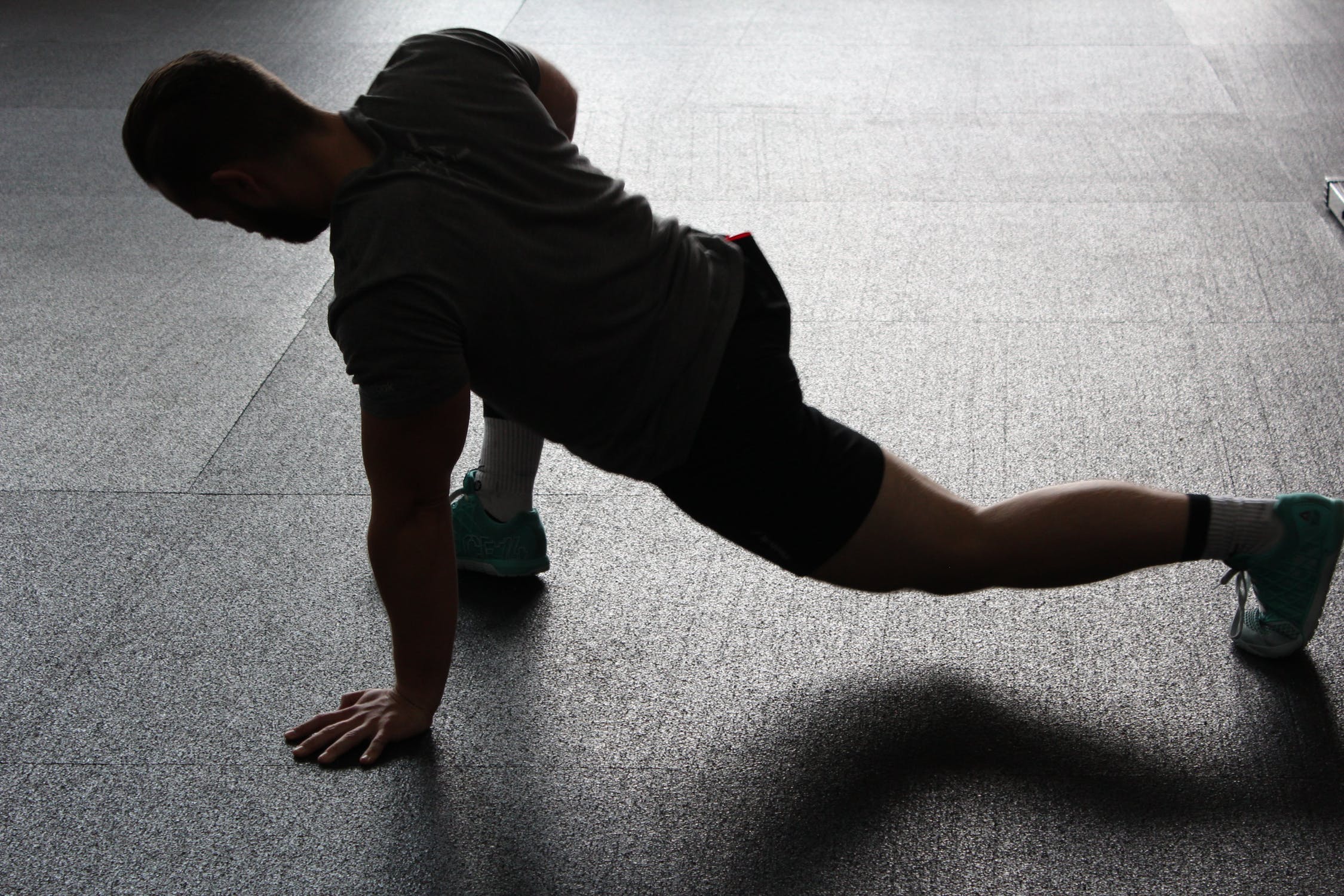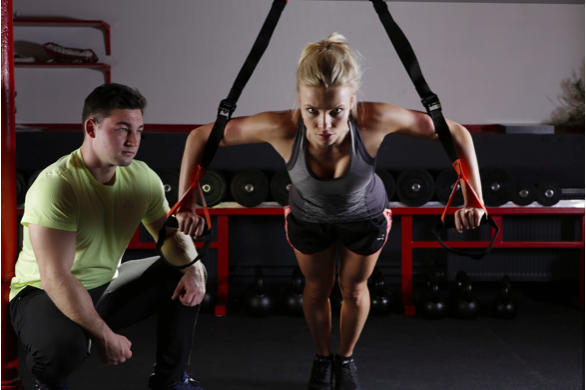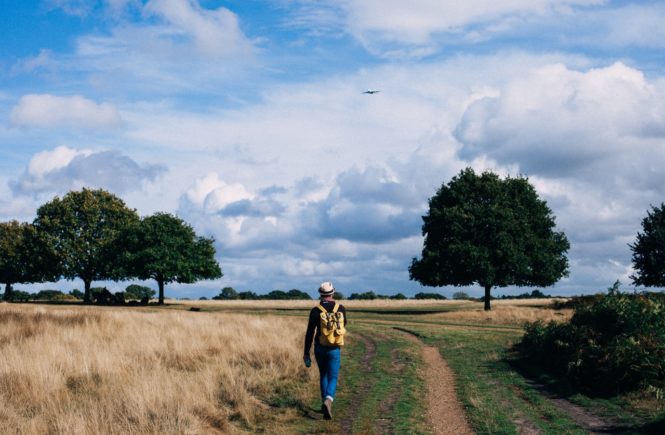You might be strong, but are your muscles and joints safe?
Flexibility is one of the cornerstones of athletic performance. It’s one of the 5 characteristics of athleticism, and it carries over to every area of your game: from performance to recovery to injury risk.
We’re going to take you through the basics of flexibility training that everyone needs to know.
Flexibility training is usually one of the top healthy tips of the day that fitness professionals recommend. Why? It has a huge impact on your overall quality of life so it should be taken seriously.
Table of Contents
It’s Slow
This isn’t negotiable: flexibility is not a fast process.
You can get stronger much faster than you can get flexible. You’re working through years of tightness and immobility – it’s not going to get better overnight.
Be patient and plan for the long-term. Set monthly/yearly goals and focus on small, sustainable improvements. Getting to a split or perfect squat can take years of work – just keep getting better.
How Does Flexibility Help Joint Health?
The main way that flexibility helps joints is to release the tight, over-demanding muscles. These are the ones that pull joints out of position or place excess strain on the tendons.
For example, a chest that is too tight and a weak upper back can pull the shoulder out of alignment. This is the cause of nerve pain, impingement and even tears.
‘Loosening off’ the tight muscles can prevent this problem and keep you healthy for the long-term.
It’s Not About Lengthening your Muscles
This is a persistent myth that needs busting.
Stretching doesn’t actually lengthen your muscles. Improved flexibility is a neural change: your nerves become more comfortable with the lengthened position of the muscle, turning off the processes that stop your muscle from lengthening.
Your muscle was always able to reach that length, the nerves were just trying to protect you from injuries. When you’re at maximal-length, your risk of injury and strain increases so your body prevents this from happening.
When you stretch, you’re not pulling the muscles until they’re longer (or you’d get weaker). You’re conditioning your nerves to realise you’re not going to hurt yourself. They relax and allow you to move through longer ranges depending on how much control you have and how familiar they are with the length of the muscle you’re stretching.
There’s More to Mobility than Getting Stretchy
Improving your ROM isn’t all there is to mobility.
There’s no point earning more movement if you can’t control it. In fact, adding flexibility without adding control doesn’t actually improve your risk of injury.
Gaining control over longer ranges of motion is the important part. You need to be able to get to these positions and train your muscles to stabilise it. This is how you create more “safe” flexibility in your muscles and joints.
You can achieve this type of control using advanced stretching methods like “proprioceptive neuromuscular facilitation (PNF)”. It sounds like something from Sci-fi, but it’s just a complicated type of partner stretching – though it does have better results than traditional stretching.
However, there is another, faster way…
Strength and Control: The Secret Key to Flexibility
So, we’ve explained that it’s a neural change and you need to develop control to prevent injury. What does that mean for building mobility?
To start with, it means that strength and flexibility aren’t opposites. In fact, poor flexibility is often the result of weak, under-developed muscles. The nerve-signals that keep your muscles short can develop in response to those muscles being weak when lengthened.
Your body is only protecting them because they’re prone to injury: they’re weak and you might strain them if you pull them too far. This is why control and strength are key in building better mobility.
Strengthening the muscles through a full ROM exercise is a great way to deal with this. It lengthens and strengthens the muscle, as well as improving your control (we’ve already mentioned how important this is) and even strengthening the tendons and joints involved. Slow-eccentric (slow-lowering) movements are amazing for both of these goals.
If you want to try this yourself, perform a few sets of slow-eccentric Romanian Deadlift with a 3-second pause at the bottom. You’ll see much better flexibility and control in the hamstrings.
The Take-Home: 3 Steps for Mobility and Joint Health
So, how do you make the most of your mobility and keep your muscles/joints healthy?
- Move more
This is simple: stop avoiding challenging movements.
If you have tight shoulders, it can be uncomfortable to move or stretch them but not moving them is how you got into this situation in the first place. Returning to activation and movement is key to rehabilitation.
Move through the full range of motion slowly and with as much control as possible. You can even try pausing that the tightest spot to speed up the process and improve strength/control.
- Release tight muscles
- Releasing tightness and muscular inhibition in over-demanding muscles is key.
You can do this with all the normal methods: stretching, foam-rolling, and trigger-point massage. This reduces the ‘pull’ on the muscles and tendons of the joint, reducing the risk of tendinitis or joint misalignment problems.
- Strengthen weak muscles
Finally, you need to strengthen the weak, opposing muscles. If you’ve stretched your chest and shoulders, you need to strengthen the upper back.
Injury comes from a lack of balance, not just a lack of mobility. Weak muscles can be tight, too. Stretching is only half the puzzle and if you neglect strengthening you’re going to remain at-risk of injury.
Healthy joints have strong, mobile muscles on both sides. Loosen the tight muscles and strengthen the weak ones.





